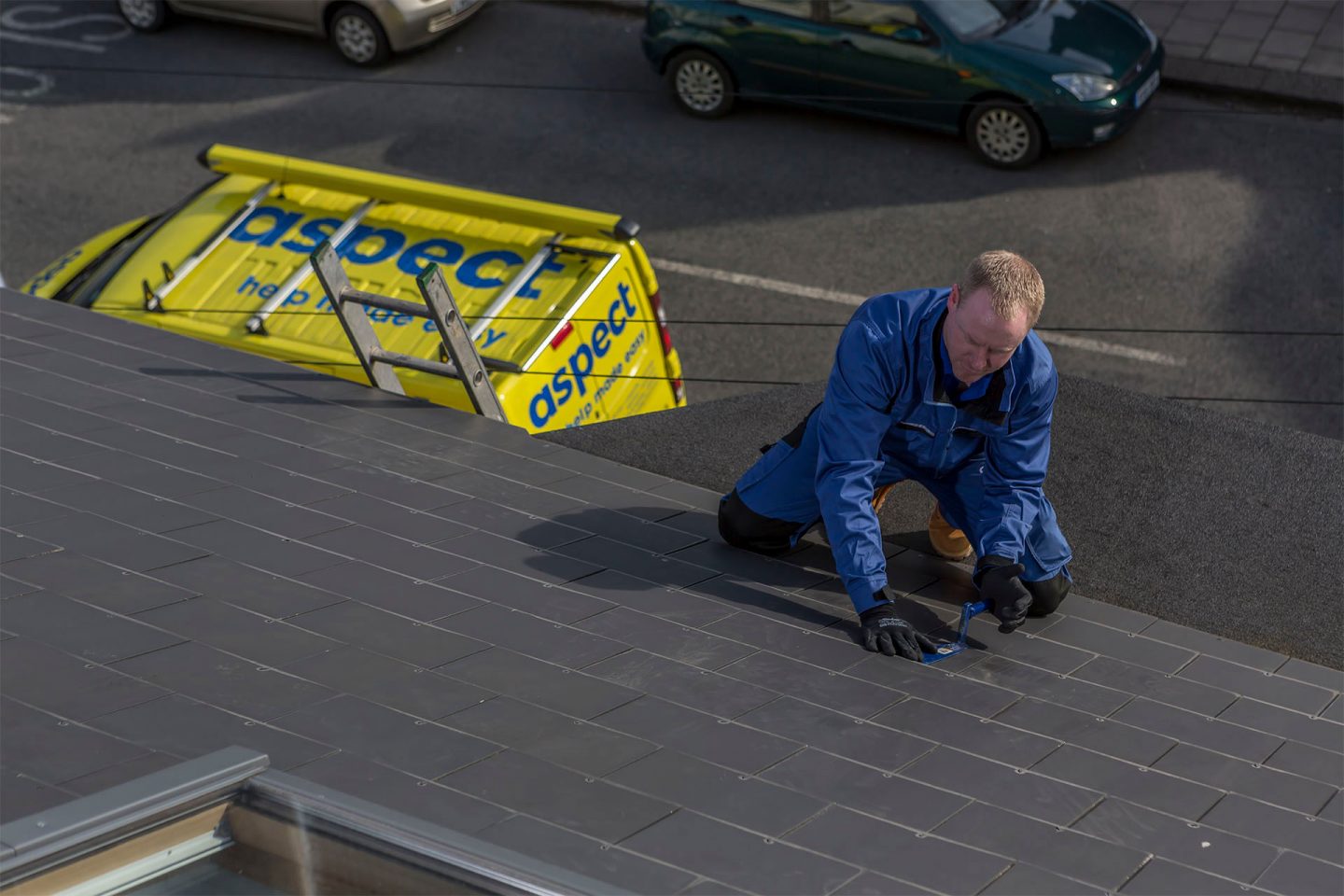How to Select the Right Roofing Material for Your Requirements
How to Select the Right Roofing Material for Your Requirements
Blog Article
What to Anticipate Throughout an Expert Roof Installment Process
Recognizing the professional roofing setup process is important for home owners considering this significant financial investment. The service provider's strategy includes precise preparation of the worksite, guaranteeing safety and security and effectiveness as the task unfolds.
First Assessment and Assessment
Prior to getting started on a roof installment job, a first assessment and extensive assessment are paramount. This initial stage establishes the structure for a successful roofing job, ensuring that both the specialist and house owner are lined up on expectations and needs. During the appointment, the contractor assesses the existing roof's condition, identifying any kind of underlying problems that might impact the installation process, such as structural damages, leaks, or insufficient ventilation.
The evaluation usually includes an extensive assessment of the roofing's materials, pitch, and drainage systems. The specialist might also analyze the attic room for indications of dampness or insulation troubles. This comprehensive evaluation permits the recognition of essential repair services that must be resolved before waging the installation. Furthermore, this meeting gives a possibility for property owners to review their choices concerning materials, styles, and budget plan constraints.
Preparing the Worksite
Once the first consultation and assessment are complete, the next step is preparing the worksite for the roof setup. The roof covering specialist will start by clearing the location around the home, eliminating any barriers that might hinder the installation process.
Next, safety measures will certainly be established to guard the property. Tarps or drop towels are usually expanded on the ground to capture any type of debris that may fall during the setup, decreasing damages to the landscaping and exterior surfaces. In addition, the contractor will evaluate and secure any needed scaffolding or ladders to ensure the safety of the staff.
Precaution are paramount throughout this stage; the team will certainly make certain that all devices and equipment are organized and conveniently accessible. By diligently preparing the worksite, the roof service provider establishes the phase for a seamless setup procedure, inevitably causing a successful roof covering project. This preparation stage is necessary for maintaining performance and guaranteeing the safety and security of both the employees and the property.

Roof Covering Removal and Disposal
The procedure of roof covering removal and disposal is a vital action in any roof covering installment job, as it involves the mindful dismantling of the existing roof materials. This stage generally begins with an evaluation of the roof's problem and the identification of any kind of potential dangers, such as damaged decking or structural issues. Security procedures are prioritized, including using personal protective tools and protected scaffolding to ensure the security of workers.
When the evaluation is total, the existing roof materials, such as membranes, ceramic tiles, or tiles, are systematically gotten rid of. This often involves utilizing specialized tools to remove the materials without causing damage to the underlying structure. Care is taken to minimize particles and sound, along with to shield bordering areas.
Disposal of the eliminated materials is conducted in an ecologically accountable fashion. Many professional roof covering firms adhere to regional guidelines relating to waste disposal and recycling, often repurposing materials when possible (Roofing). Appropriate disposal not just lines up with sustainability practices yet also makes sure the worksite stays risk-free and organized throughout the task. This careful strategy to roof covering removal and disposal establishes the foundation for the effective installation of brand-new roof products.
Installment of New Roof Covering Products
New roof materials are carefully mounted adhering to the elimination of the old roofing, ensuring a resilient and solid structure. The installment procedure begins with the application of an underlayment, which works as a safety barrier versus moisture and offers an additional layer of insulation. It is vital that the underlayment is laid out efficiently and safely, with overlapping joints to protect against water infiltration.
Once the underlayment is in location, the option of roofing product-- be it asphalt tiles, metal panels, or tiles-- can start. Each material has certain setup standards that must be followed for ideal efficiency and durability. Asphalt tiles are commonly installed starting from the lower edge, overlapping each row to channel water away effectively. Alternatively, steel roof coverings need attaching strategies that guarantee panels are secure and enable thermal growth.
Throughout this stage, specialists pay close focus to information such as blinking installments around smokeshafts and vents to stop leaks. Appropriate ventilation systems are additionally incorporated to keep air flow and minimize warmth accumulation, thus adding to the general performance and life-span of the brand-new roof system.
Last Inspection and Cleaning
A comprehensive last assessment and clean-up are important steps in the roofing installment procedure, making sure that the newly finished roofing system satisfies safety and quality criteria. During the final evaluation, roof covering professionals will meticulously take a look at every element of the setup, consisting of the alignment of roof shingles, the stability of blinking, and the overall workmanship. This evaluation aids recognize any type of potential issues that might have developed throughout installation, allowing for prompt modifications.
In addition to evaluating the roof covering itself, the assessment also includes the surrounding locations, guaranteeing that particles, nails, and other materials are removed. A tidy worksite is vital to avoid crashes and maintain the aesthetic appeal of the building. Roof teams will often utilize magnetic devices to accumulate any stray nails, protecting both the home owners and their lorries from potential hazards.

Final Thought
In conclusion, the expert roof covering installment procedure includes several vital phases, consisting of first consultation, site prep work, roof removal, and the installation of brand-new products. Comprehending these actions furnishes property owners with the expertise to navigate the roofing installment process efficiently and with confidence.

Report this page